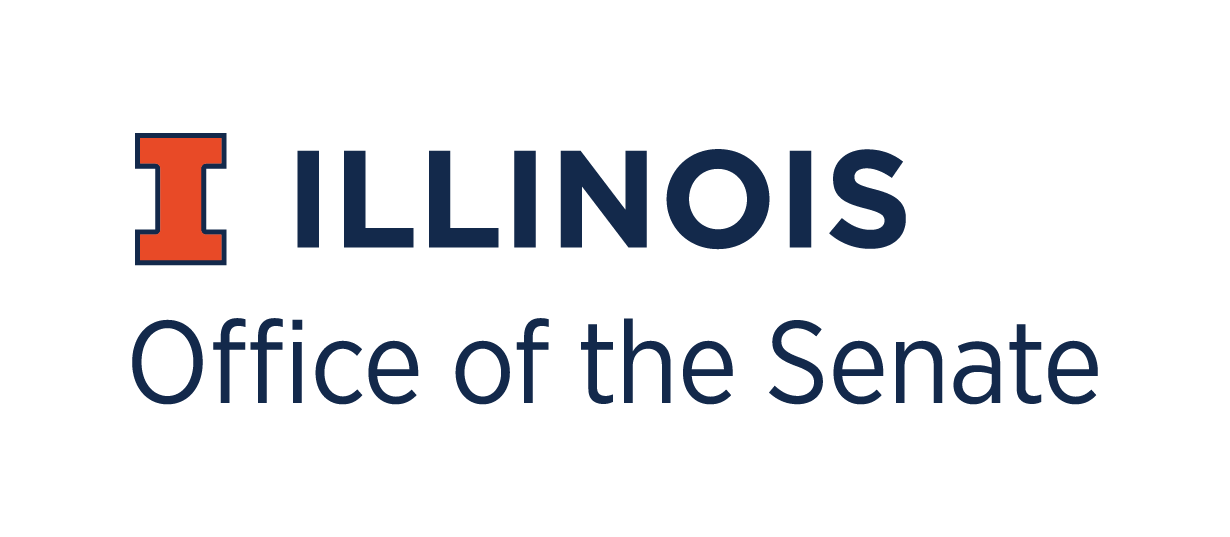SEC Report December 3, 2007
I would like to comment briefly on one of the items on today’s agenda, the resolution on Homecoming Displays. I want to be clear that I am not speaking for SEC on this, because the proposal never came to SEC for review. I am speaking only for myself, but I hope my comments might be constructive.
I have been opposed to the Chief symbol since I arrived here. I have spoken out against it here in the Senate, and in the press. My previous university went through this same debate more than 25 years ago, and I was very disappointed that Illinois took as long to deal with this issue as it did. But it has made the right decision now, and I respect all of those who have tried to hold this campus together through a contentious and divisive process.
I fear that some of my friends and colleagues have an unrealistic sense of how a change like this happens. Having made the right decision, it was never realistic to expect that every vestige, every image, every mention of the Chief would disappear overnight. We are in the midst of a process – a process that of necessity involves undoing habits of thought and feeling which have been entrenched over a very long period of time.
Beyond this, I believe that those of us opposed to the Chief need to be a bit more understanding of those who feel, rightly or wrongly, that something they care about deeply has been taken away from them. The Chief was a racially insensitive symbol, and we are better off as a campus without it. But I know that most of those to whom this was a valued part of the Illinois tradition never saw it that way, still don’t, and take personal affront at any suggestion that they are racist themselves.
Moreover, these people, who treasure the Chief (and I want to say now, the memory of the Chief) are not some external audience who are enemies of the University of Illinois. They are our own students, our own colleagues, our own alumni. We have a larger bond with them as members of a campus community. Alienating them damages us all.
Perhaps ironically, it is not surprising that those who “lost” this battle now see themselves as an aggrieved group who are using their rights of free speech to protest what they think was a wrong done to them. I am not putting their claims on an equal par with those of Native Americans who opposed this symbol because it insulted them and trivialized their heritage. But by the same token, I am not prepared to say, personally, that the only people whose feelings or point of view matter in this dispute are those on one side of the debate.
Finally, I believe that there are larger issues of principle at stake here that can’t be set aside simply because some of us find particular points of view objectionable, and even deeply offensive. We need to draw a sharp line between trying to block or prevent expressions of thought or feeling that might be found objectionable or offensive, before they happen, versus exercising our right to criticize them after the fact. The latter does not justify the former – and it is a seductive slippery slope to think that we can identify in advance just which actions or statements are legitimate forms of protest, and which are not.
We need to defend the right of protest for others because we insist on it for ourselves.
Nick Burbules
SEC Chair
